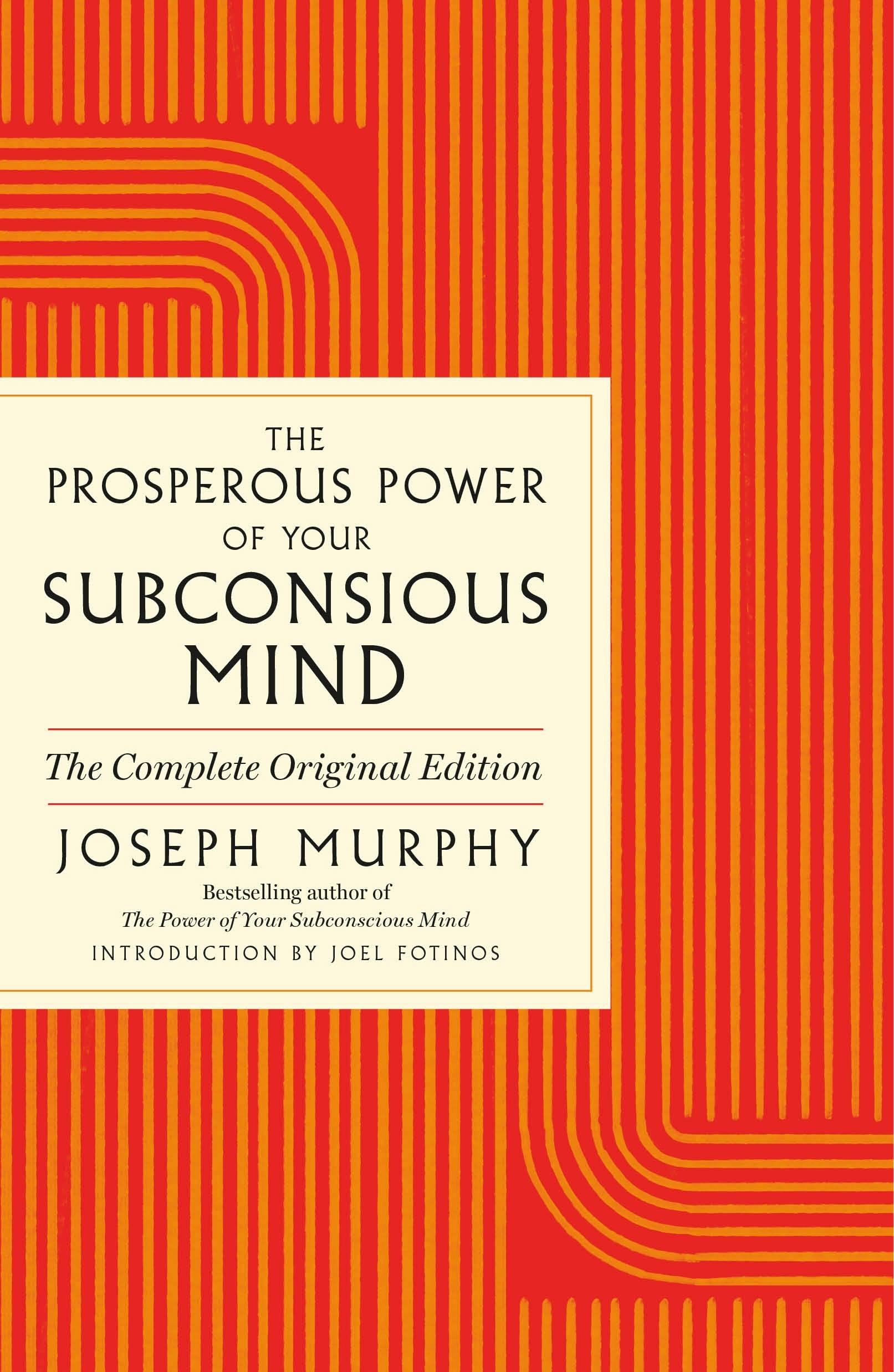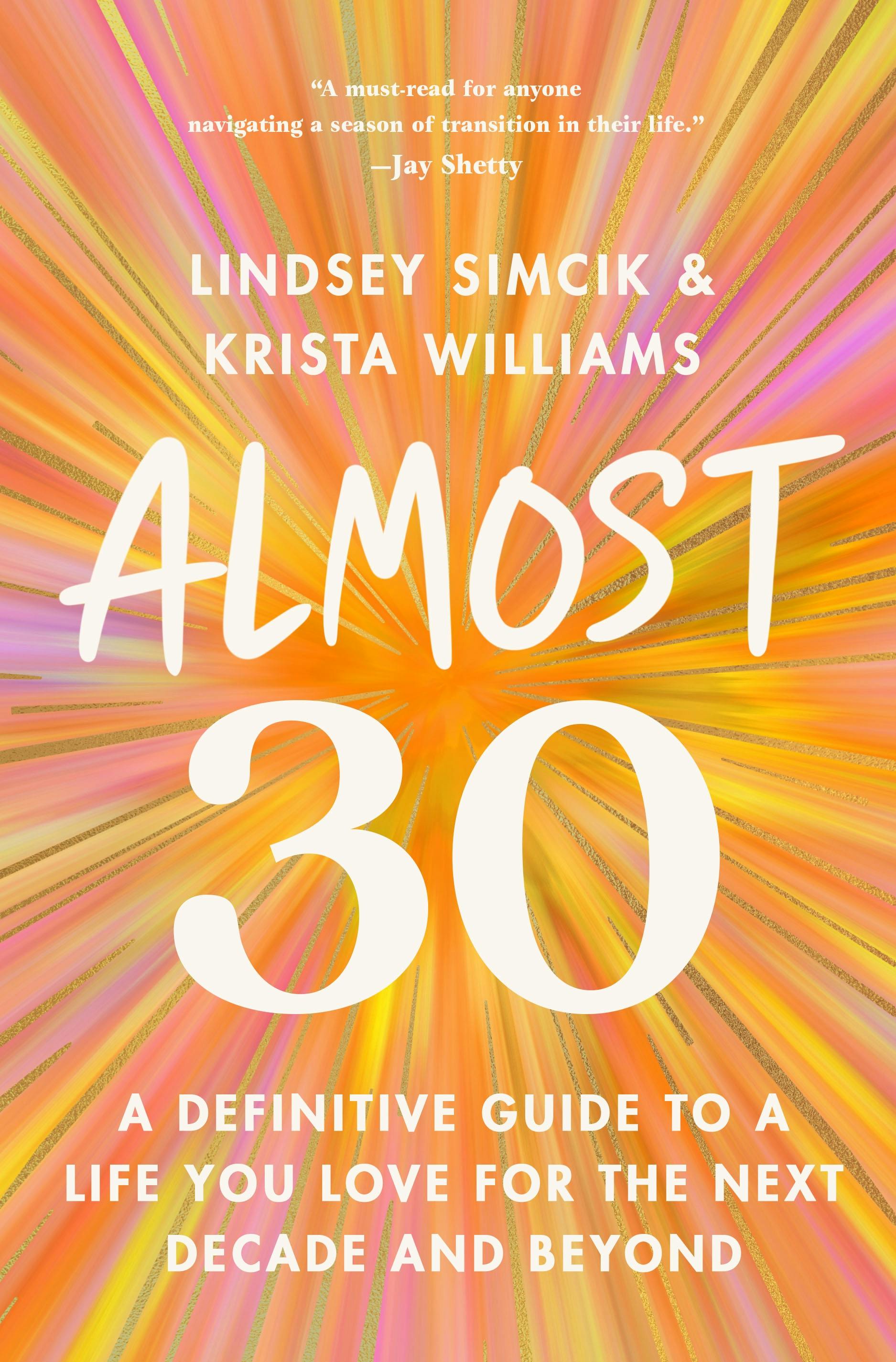
Have you ever asked yourself “What if I’m a tightwad and my significant other is a spendthrift?” or vice versa? Scott Rick, a behavioral scientist at the University of Michigan’s Ross School of Business, knows that many people do. Tightwads and Spendthrifts: Navigating the Money Minefield in Real Relationships is a science-based guide to understanding and transforming how we manage money, both on our own and in relationships. Building on his original research, and surveying a vast body of interdisciplinary work, Tightwads and Spendthrifts will help you understand your own financial psychology and how it plays out in your relationships. Read an excerpt below.
Mental Accounting
One of the bedrock principles of behavioral economics, first developed by Nobel Prize winner Richard Thaler, is that people engage in “mental accounting”: an imperfect process of coding, categorizing, and evaluating transactions, partly intended “to keep spending under control.”3 For example, if I feel I’ve been going out too much, I might set a restrictive monthly “entertainment” budget. There’s often ambiguity about which purchases should be posted to which account (should the money spent at pub trivia night be considered an “entertainment” expense or a “dining out” expense?), so there’s lots of room for motivated reasoning. Still, attempts at maintaining mental accounts often help because money cannot easily be moved between accounts. When your available entertainment funds for the month run out, you can’t simply replenish the entertainment budget with available funds from the groceries account. This lack of “fungibility” applies to income as well—fun money (e.g., winning $100 in your March Madness office pool) is spent more loosely than serious money (e.g., receiving a $100 income tax refund).
But precise mental accounting is not for everyone. A recent survey by Yiwei Zhang and colleagues suggests that just under 40 percent of people engage in “formal” budgeting. When budgeters were asked to list the categories they use, the two most common categories were “food” and “bills,” suggesting that even some of the formal budgets are vague enough to permit wiggle room. Our Times survey suggests that spendthrifts are especially likely to budget informally, if at all. For example, spendthrifts are far less likely than tightwads to agree with statements such as “I closely monitor my spending behavior” or “In social situations, I am generally aware of what I am spending.” This is certainly not surprising given that tightwads are generally more math-oriented and worried about running out of money. Still, it is important to note that spendthrifts are frequently shopping without a tight budget looming over them. (If spendthrifts expect that they will blow through their budget caps, you can understand why they won’t be eager to explicitly confront that. It’s known as the ostrich effect: if we expect the news to be bad, we tend to not look for it.)
Our spending is not only driven by our current financial reality, but also by how we expect things to look in the future. So even if money is tight today, it might be fine to spend loosely if you expect your financial circumstances to improve soon. How might we go about estimating how much more or less spare money or “financial slack” we’ll have in the future? Logically, we should think about how our income and expenses will change: if I expect my income and expenses to each increase by $1,000 next year, I should expect no increase in my available spare money next year. (This is assuming that people are about equally confident in their income and expense forecasts, and Jonathan Berman and colleagues find that is generally the case.) However, Berman’s team finds widespread evidence of “expense neglect”: when forecasting changes in our financial slack, we tend to place more weight on our forecasted income changes than our forecasted expense changes. For example, if I place twice as much weight on my forecasted income changes, and I expect my income and expenses to each increase by $1,000 next year, I would expect my financial slack to increase by $500. Expense neglect could loosen spending and lead to suboptimal financial decisions (for instance, when choosing between jobs in cities with vastly different costs of living, you might be tempted to take the job in the more expensive city because it offers a slightly higher salary).
Berman and colleagues find that even tightwads show some expense neglect. When forecasting financial-slack changes, the most extreme tightwads in their sample put almost twice as much weight on their income-change forecasts as on their expense-change forecasts. However, spendthrifts took this to another level: the most extreme spendthrifts put over fourteen times as much weight on their income-change forecasts. When forecasting financial-slack changes, the most extreme spendthrifts put almost zero weight on their expense-change forecasts!9 If these spendthrifts expect their income and expenses to each increase by $1,000 next year, they feel as if they will have almost $1,000 in extra spare money available next year. Expenses simply do not loom large in the mind of the spendthrift.

Scott Rick is a marketing professor at the University of Michigan’s Ross School of Business, where he has won awards for research and teaching. He holds a PhD in Behavioral Decision Research from Carnegie Mellon, where he was a National Science Foundation graduate research fellow. His research on consumer behavior has been covered in outlets such as The New York Times and The Wall Street Journal. He has published in premier journals spanning marketing, psychology, and economics.
The What-the-Hell Effect
Things get particularly explosive when spendthrifts feel they’ve already incurred a lot of expenses. If you’ve recently spent a bunch of money, the prospect of spending a little more might seem like a drop in the bucket. Consider what Sammy Davis, Jr., did after his business manager told him that he was $100,000 in debt and begged him to stop spending so frivolously. Davis walked right down the street and bought his manager a gold cigarette case and paid extra for the engraving: “Thank you for the advice. Gratefully, Sammy, Jr.” His reasoning? “What the hell, so I’d owe a hundred thousand plus another six hundred.” Behavioral scientists have been thinking about the what-the-hell effect for decades. It was first identified in the eighties by Peter Herman and Janet Polivy, a legendary pair of eating researchers (who are married to each other). To understand the phenomenon, imagine that you’re on a diet and visiting family for the holidays. After lunch one day, your aunt insists you have a piece of her homemade pecan pie. You’re hesitating, but she’s not giving up. Eventually, you relent. She’s delighted, so she brings you a giant piece, with a scoop of vanilla ice cream. Despite your ambivalence, within a few minutes there’s nothing left on your plate. You’ve just about blown through your calorie budget for the day. Now what? You could try to eat conservatively for the rest of the day, to minimize the damage. Or, if you’re like most dieters in this situation, you’ll probably think that today is a lost cause, so, what the hell, you might as well enjoy yourself. It becomes, as Herman and Polivy put it, a “subjective state of caloric abandon.” These dynamics are not limited to eating. Marketing researchers have documented a “shopping momentum” effect: after an initial purchase has been made, subsequent purchases become easier. Once the wallet is opened, it tends to stay open. Some retailers understand this pattern well. Think about the inexpensive items that you encounter as soon as you enter Target (in an area sometimes called the Dollar Spot or Bullseye’s Playground). Target wants to get an item in your cart—and kick-start your shopping momentum—as soon as possible. Car dealers also understand that customers will add on bells and whistles (once they’ve built momentum from buying the car itself ) that they would never buy as stand-alone purchases. Spendthrifts report high susceptibility to shopping momentum and what-the-hell effects. They commonly report going to buy one thing, then getting carried away. These examples from spendthrifts who completed the Times survey are pretty representative:“Last month I joined a book club, went into the bookstore to to purchase the less then $10 book, but spent $130 for additional books and magazines I did not need.” —Female, age 48, middle school teacher
“I bought an ultrasonic jewelry cleaner. I was at Bed Bath & Beyond and looking at all the stuff and had already grabbed a few things, so it was just momentum that made me buy this thing that I really didn’t need.” —Female, age 32, postdoctoral fellow in neuroscience
Copyright © 2024 by Scott Rick









